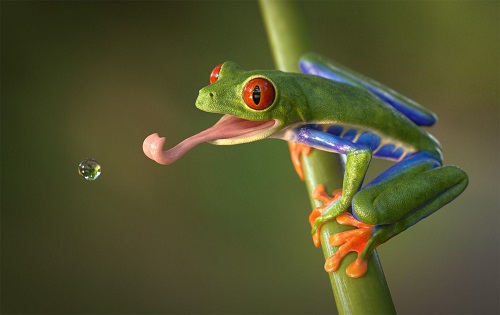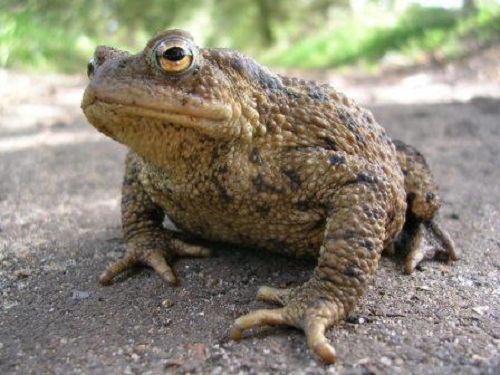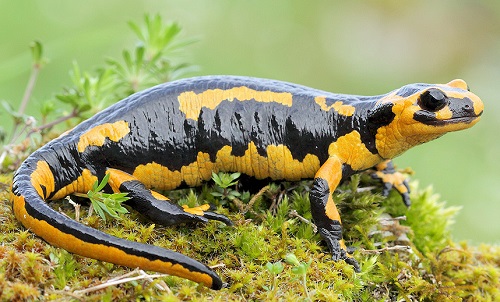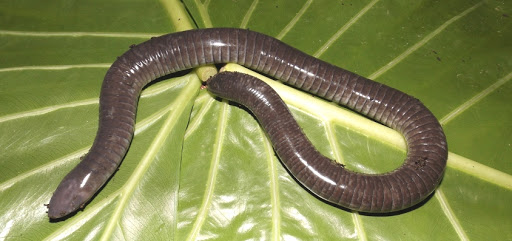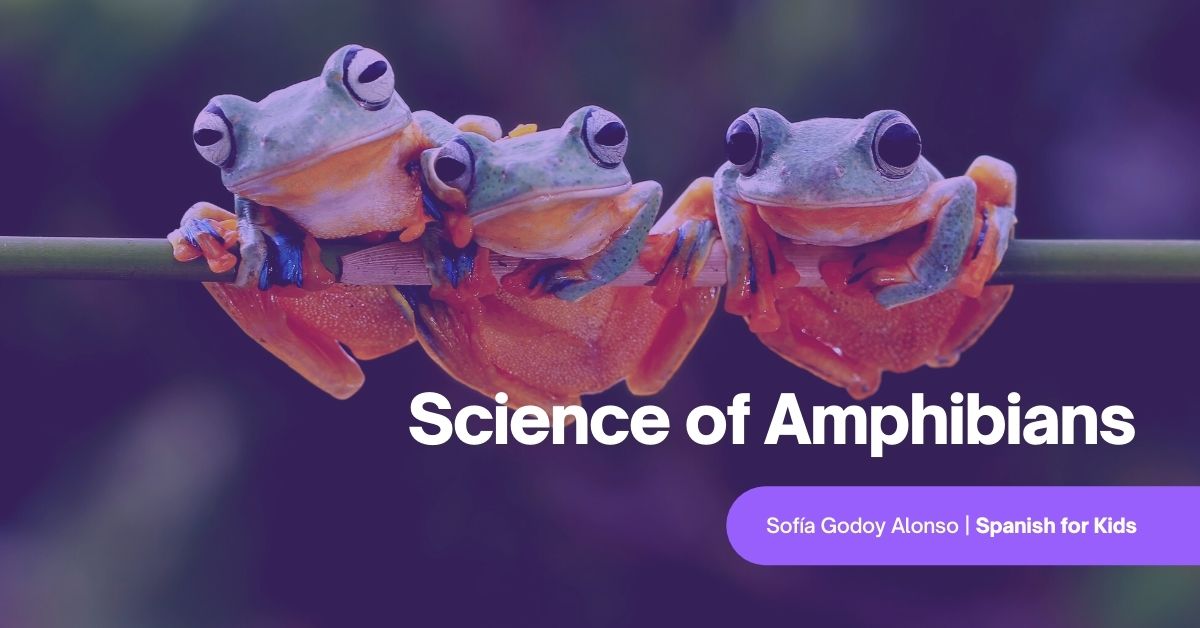
Science of Amphibians (Free Spanish Lessons for Kids)
This fun and creative lesson is equipped with everything you need to know for teaching your kids about amphibians in Spanish.
Keep reading for a complete vocabulary guide full of fun facts about amphibians in Spanish. I’m including a list of fun activities you can share together for practicing and getting them engaged in the topic.
Let your kids’ imagination take over and improve their Spanish abilities by discovering the wonders of the animal world.
Let’s begin!
Learning About Amphibians in Spanish
The animal world never ceases to amaze us!
Whether we’re talking about mammals in Spanish, reptiles, fish, or birds, Nature is full of wonderful creatures. Amphibians aren’t the exception.
You can find them in different shapes and sizes. Amphibians stand out from other creatures for their peculiar shapes, sizes, colors, and unique behavior. There are close to 7,500 different species of amphibians in the world.
As a parent and Spanish educator, teaching your kids about amphibians in Spanish is a fantastic strategy to get them engaged in the language. It brings kids up close to new useful vocabulary and important words and key points while enhancing their fluency, and conversation skills.
It also teaches them to value nature and the different creatures with whom we share this earth.
Explore more FREE SPANISH LESSONS FOR KIDS! ➡️
Enjoy over 70 unique lessons + free activity packets to download.
What is an Amphibian?
Los anfibios is used as the translation of amphibians in Spanish.
Amphibians are a type of ground vertebrate that also spend part of their lives in natural bodies of water. Most amphibians go through a process of metamorfosis (metamorphosis) where they experience physical changes throughout their life cycle.
The first part of amphibians’ life cycle takes part within water, while the second part takes them outside to dry land. The translation in Spanish, anfibio, comes from the Greek words “amphi” which means ambos (both), and “bios” which means vida (life).
Rana de ojos rojos (Red-eyed treefrog)
They have an essential role within our planet’s ecology, they’re able to transport matter and energy from water to soil, and vice versa. Amphibians are a great example of natural selection and evolution, they are proof of the transition from water to land vertebrates.
Amphibian Behavior and Habitat
Amphibians have four movable limbs and are cold-blooded creatures like reptiles and fish. They possess the capacity of regulating their body temperature according to the environment they’re in.
The majority of amphibians are carnívoros (carnivores) and feed off small insects, spiders, crabs, worms, and even smaller amphibians. During their aquatic life, amphibians are mostly herbívoros (herbivores) or basically omnivorous. They’ll eat whatever they can find to become strong and big!
Amphibians thrive near bodies of water. They need to stay humid to regulate their temperature, so you’ll often find them close to fresh water. You will rarely find them in the ocean, although several species adapt and can survive in lightly salted bodies of water.
There’s species that live in lakes, lagoons, ponds, creeks, and rivers. Around the world, amphibians are found in rainforests, swamps, meadows, trees, and underground in humid soil.
Life Cycle
Amphibians are ovíparos (oviparous) and reproduce by laying fertilized eggs through copulation between male and female.
They lay their eggs in aquatic environments like lagoons, puddles, lakes, rivers, and even inside plants. From these eggs hatches a renacuajo (tadpole), a type of gill-breathing aquatic larva. The renacuajo con branquias (tadpole with gills) grows over time and undergoes metamorphosis until it resembles an adult. It grows extremities and loses its tail.
Once it becomes an adult, it abandons the water, undertakes lung respiration, and begins a terrestrial life.
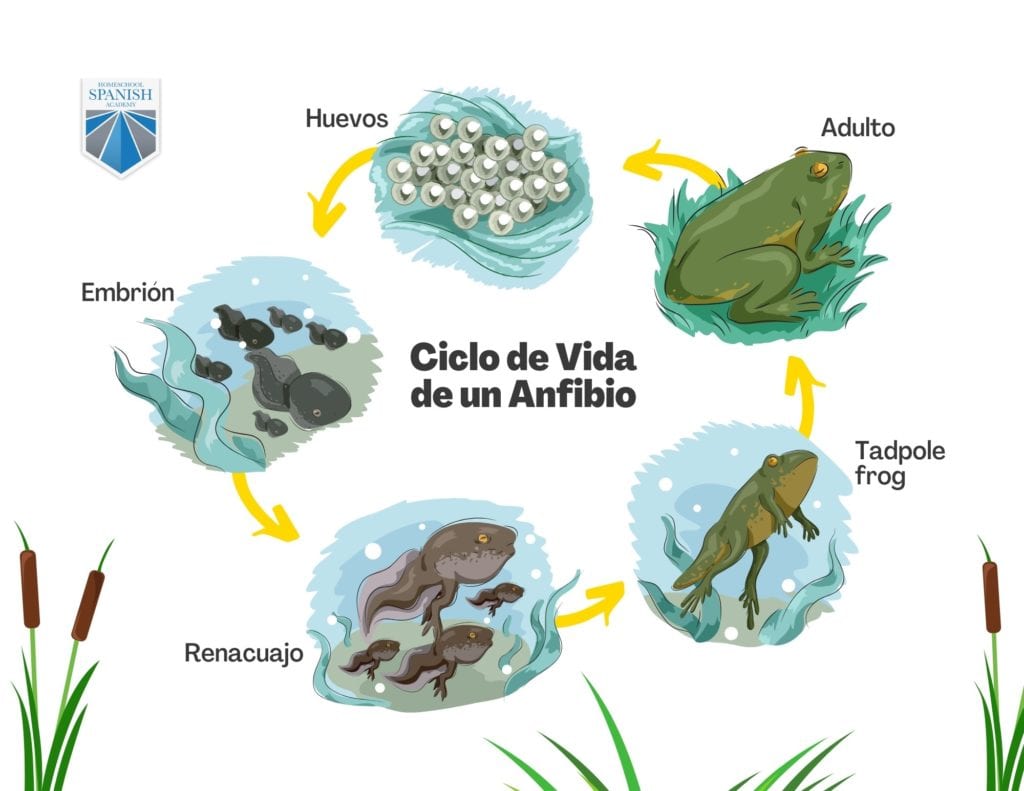
Amphibians have a fascinating ciclo de vida (life cycle) unique to their kind.
Types of Amphibians in Spanish
Amphibians in Spanish are classified in three large categories:
Ranas y Sapos (Frogs and Toads)
Las ranas y los sapos are amphibians that have a tail until they become adults. Their hind legs are long and allow them to jump long distances. Sometimes they can jump up to twenty times their size! The skin of frogs is moist and smooth. Toads on the other hand possess dry and rough skin. There are species that are highly venomous and other species that are harmless. Some species have a characteristic and particular song known as croar (croak).
- Sapo Común (Common Toad)
- Some species of frogs and toads in Spanish are:
- Sapo Europeo (European Toad)
- Sapo Común (Common Toad)
- Rana de Madera (Wood frog)
- Rana dardo venenoso (Poison dart frog)
- Rana de cristal (Crystal frog)
- Rana verde de ojos rojos (Red-eyed treefrog)
Salamandras y Tritones (Salamanders and Newts)
Las salamandras y los tritones are magnificent amphibians in Spanish that possess an elongated body and tail. They are fantastic swimmers and can thrive near water. They have short legs of the same size and an astonishing capacity for regrowing lost limbs. Some species can be poisonous.
- Salamandra Común (Common Salamander)
- A few species of salamanders and newts in Spanish are:
- Salamandra manchada (Fire salamander)
- Tritón con cresta turco (Southern crested newt)
- Salamandra anillada (Ringed salamander)
- Salamandra gigante (Giant salamander)
- Tritón de California (California newt)
- Salamandra tigre (Tiger salamander)
Cecilidos (Caecilians)
Cecilidos are the most peculiar type of amphibian known to nature! They have long cilindric bodies similar to snakes or worms. Scientists believe they lost their legs throughout their evolution. They don’t jump or move like other amphibians. Cecilidos glide or swim like snakes. They’re so rare, there’s only forty-two known species located both in Central and South America.
- Tepelcua (Mexican burrowing caecilian)
- Some species of caecilians in Spanish are:
- Cecilia de Thompson (Thompson’s caecilian)
- Cecilia Cayena (Cayenne caecilian)
- Cecilia de Ceylan (Ceylan caecilian)
- Culebrita tapiera (Ringed caecilian)
Are Amphibians and Reptiles the Same?
Without a doubt los anfibios y los reptiles (amphibians and reptiles) share similarities, but they’re only distant relatives.
Both of them are vertebrates, cold-blooded, and adapt to different habitats. Amphibians can lead a double life where they can alternate between water and land, the majority lay their eggs in water and need it to reproduce. Amphibians tend to stay humid and wet. They need the moisture to thrive.
Reptiles, on the other hand, can lead a terrestrial life far from water. They lay their eggs on land and don’t require water to reproduce. Unlike amphibians, reptiles have a thick coated skin that keeps them dry and without that moist texture.
Amphibians experience a metamorphosis which reptiles don’t. Young reptiles are exactly like adults except they have a smaller size.
When it comes to evolution, it’s believed that reptiles come from amphibians. They took the first steps out of water, evolved to become land creatures that became dinosaurs, and eventually evolved into the first mammals.
Refresh your knowledge on dinosaurs and reptiles in Spanish with this blog post.
Activities Related to Amphibians in Spanish
Amphibians are outstanding creatures and to this day new species continue to be discovered around the world. There’s a large variety of sizes, colors, and shapes.
Let’s examine 4 amusing hands-on activities you can use to teach your kids about amphibians in Spanish at home or in the classroom.
1. El Ciclo de Vida de la Rana (The life cycle of a frog)
Download our printable template and whip out some crayons!
After reviewing the life cycle of a frog, have your child color the different stages, and name them in Spanish.
The stages are:
- Huevos (Eggs)
- Renacuajo (Tadpole)
- Renacuajo con piernas y branquias (Tadpole with legs and gills)
- Renacuajo sin y respiración pulmonar (Tadpole without legs and lungs)
- Rana (Frog)
2. Sopa de Letras (word search)
A good-old fashioned word search is ideal for memorizing vocabulary related to amphibians in Spanish. Print out our template and have your kid locate thirteen essential concepts learned in this lesson. Sopas de letras are also good for practicing spelling and reading.
3. Word Scramble
Challenge your kids’ agility by playing a game of word scramble.
This activity definitely takes kids out of their comfort zone and encourages them to think fast. Our printable template has ten words to unscramble from this lesson about amphibians in Spanish. Have your child reinforce their spelling skills and ability to write words in perfect Spanish.
4. ¿Sabes algo sobre anfibios? (Do you know anything about amphibians?)
If your kid is an advanced Spanish learner and reader ¿Sabes algo sobre anfibios? is a fantastic resource you can use. This illustrated book in Spanish dives deep into all the characteristics about amphibians in Spanish your child needs to know. The book is available for purchase on Amazon. It has plenty of curiosities, fun facts, and essential information.
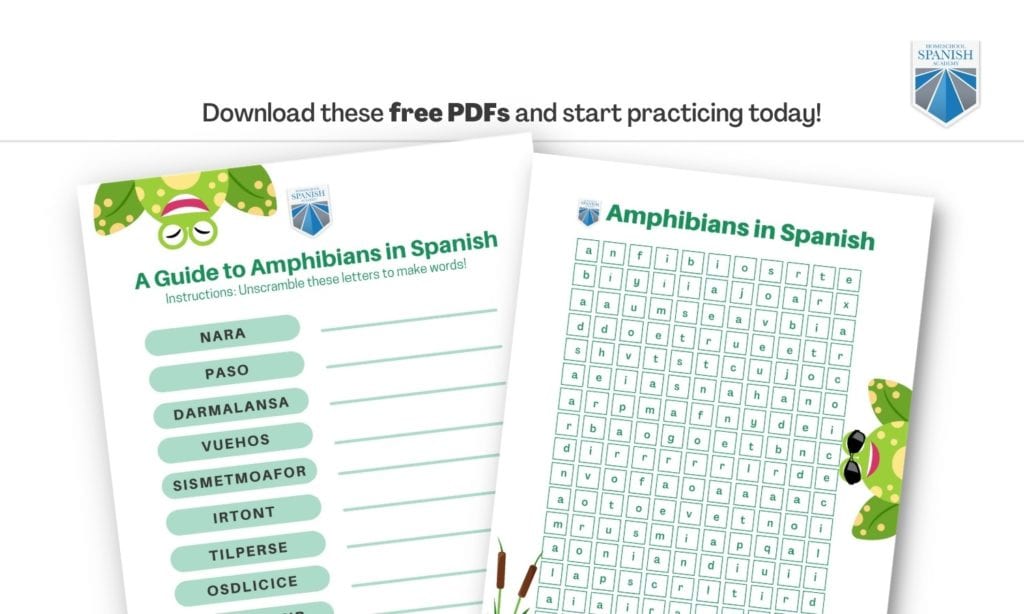
Download FREE Amphibians in Spanish Activities for Kids!
Type your name and email below to get two activities for kids about amphibians in Spanish! You will receive: -Word Search -Word Scramble
Explore more FREE SPANISH LESSONS FOR KIDS! ➡️
Enjoy over 70 unique lessons + free activity packets to download.
Talk About Amphibians in Spanish!
Amphibians are amazing animals that are an essential part of nature. Frogs, toads, salamanders, and the unusual caecilians are definitely in the list of creatures that never cease to surprise you and continue to be discovered in this day and age.
If your kids love frogs and critters as much as I do, sign them up for a free Spanish class with our kid-friendly, certified teachers from Guatemala. They provide one-on-one Spanish instructions in real-time and teach over 24,000 different students each month. The schedules are flexible and the lessons can be tailored to your needs.
Don’t miss out on this unique opportunity to take your kids’ Spanish abilities to the next level.

Want more free Spanish lessons, fun content, and easy learning strategies for kids? Check these out!
- Keep Your Spanish Skills Sharp Over Summer Vacation
- Discover the Joy of Learning Spanish with Summer Fun Activities
- 7 Powerful Reasons Why Bilingualism in Children MattersPowerful Reasons Why Bilingualism in Children Matters
- Fall En Español: Exploring Autumn Activities for Kids
- Fun and Language: Spanish Playdates for Kids
- Milestone Moments: Tracking Kids’ Spanish Progress
- Building Blocks: Kid-Friendly Spanish Grammar
- Top 5 Spanish Grammar Games to Improve Your Language Skills
- 29 Cool and Catchy Spanish Phrases To Use With Friends [+Audio] - January 8, 2023
- A Fun Kids’ Guide to Opposites in Spanish (Free Lesson and Activities) - December 29, 2022
- 10 Fun Spanish Folk Tales for Kids - December 10, 2022

